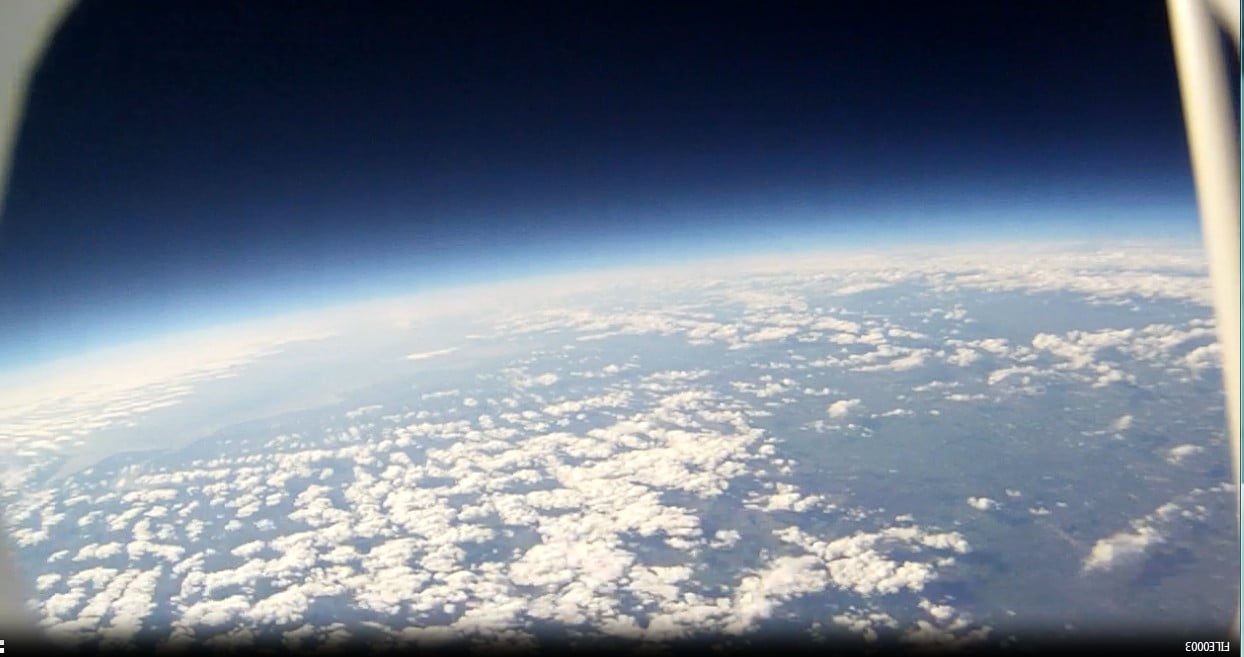What is the difference between fog and mist and other fog questions.
Fog is literally a cloud on the ground. It can cover vast areas and comes in a variety of types, just like clouds do. Fogs seen over the sea are different to those found in valley lowland areas and over mountains for example.
Download fog fact file for printing, or have a look at our Experiments and Demonstrations page for experiments which demonstrate how clouds can look dark from below but white from above, or how to make a hygrometer to measure air humidity.For a deeper understanding of how and where clouds form, have a look at our exercise using height/ temperature graphs to investigate atmospheric stability, lapse rates and cloud formation with a worksheet for students with an introductory PowerPoint or this paper.
Why is fog different to mist?
The density of fog and mist are different. In fog the distance you can see (known as visibility) is less than 1km, but in mist the visibility distance can be 1km-2km.
Radiation Fog
When does this type of fog form?
 This kind of fog forms when the sky is clear and the wind speeds are low (1-5 kilometres per hour). This type of fog usually forms at night and dissipates (disappears) during the day. In mid-winter, however, particularly in latitudes where the sun is low in the sky (e.g. north-west Europe), it may stay all day. It commonly forms in the dips with sources of moisture such as streams and rivers. Radiation fog is particularly common in autumn and winter in the UK.
This kind of fog forms when the sky is clear and the wind speeds are low (1-5 kilometres per hour). This type of fog usually forms at night and dissipates (disappears) during the day. In mid-winter, however, particularly in latitudes where the sun is low in the sky (e.g. north-west Europe), it may stay all day. It commonly forms in the dips with sources of moisture such as streams and rivers. Radiation fog is particularly common in autumn and winter in the UK.
What is the science behind this type of fog?
 When the sky is clear at night, land surfaces radiate heat to space and therefore cool.Sea and lake surfaces do not, however, cool by more than a small amount overnight (much less than 1°C). If the air in contact with a surface is cooled to its dew-point temperature, small water droplets form (condensation). If there is no wind, droplets of dew form on, for example, grass. If there is a very gentle breeze, the tiny water droplets are stirred upwards to form a shallow layer of radiation fog, as in the picture of fog at Cardiff shown. Fog can reach 30m high in some cases. This type of fog does not form over the sea because the temperature of the sea’s surface stays much the same day and night. During the day, the sun’s rays heat the ground beneath the fog. Most of the rays are actually reflected from the top of the fog but some reach the surface, otherwise it would not be daylight in the fog! The ground is gradually heated until the dew-point temperature is exceeded. The fog then dissipates (disappears), often very quickly.
When the sky is clear at night, land surfaces radiate heat to space and therefore cool.Sea and lake surfaces do not, however, cool by more than a small amount overnight (much less than 1°C). If the air in contact with a surface is cooled to its dew-point temperature, small water droplets form (condensation). If there is no wind, droplets of dew form on, for example, grass. If there is a very gentle breeze, the tiny water droplets are stirred upwards to form a shallow layer of radiation fog, as in the picture of fog at Cardiff shown. Fog can reach 30m high in some cases. This type of fog does not form over the sea because the temperature of the sea’s surface stays much the same day and night. During the day, the sun’s rays heat the ground beneath the fog. Most of the rays are actually reflected from the top of the fog but some reach the surface, otherwise it would not be daylight in the fog! The ground is gradually heated until the dew-point temperature is exceeded. The fog then dissipates (disappears), often very quickly.
Steam Fog
When does this type of fog form? This kind of fog forms when cold air flows over water that is more than 9° or 10°C warmer than the air. Over sea water, steam fog is called sea smoke.
This kind of fog forms when cold air flows over water that is more than 9° or 10°C warmer than the air. Over sea water, steam fog is called sea smoke.
What is the science behind this type of fog? Condensation results mainly from the cold air mixing with the air that is in contact with the water surface. However, convection also occurs, because the water is so much warmer than the overlying air. This convection causes the mixed air to rise a metre or more, thus enhancing the process of fog formation. Because of the convection, the water appears to ‘steam’. The photo shown was taken in the Canadian province of Quebec.
Condensation results mainly from the cold air mixing with the air that is in contact with the water surface. However, convection also occurs, because the water is so much warmer than the overlying air. This convection causes the mixed air to rise a metre or more, thus enhancing the process of fog formation. Because of the convection, the water appears to ‘steam’. The photo shown was taken in the Canadian province of Quebec.
 1. Morning sunrise- the sun’s rays heat the ground beneath the fog and the water droplets evaporate to become water vapour. This effect spreads up through the fog and the fog dissipates. This is often called ‘burning off the fog’.
1. Morning sunrise- the sun’s rays heat the ground beneath the fog and the water droplets evaporate to become water vapour. This effect spreads up through the fog and the fog dissipates. This is often called ‘burning off the fog’. 2. Strong winds- these can cause turbulence within the fog and disperse the water droplets.
2. Strong winds- these can cause turbulence within the fog and disperse the water droplets.




